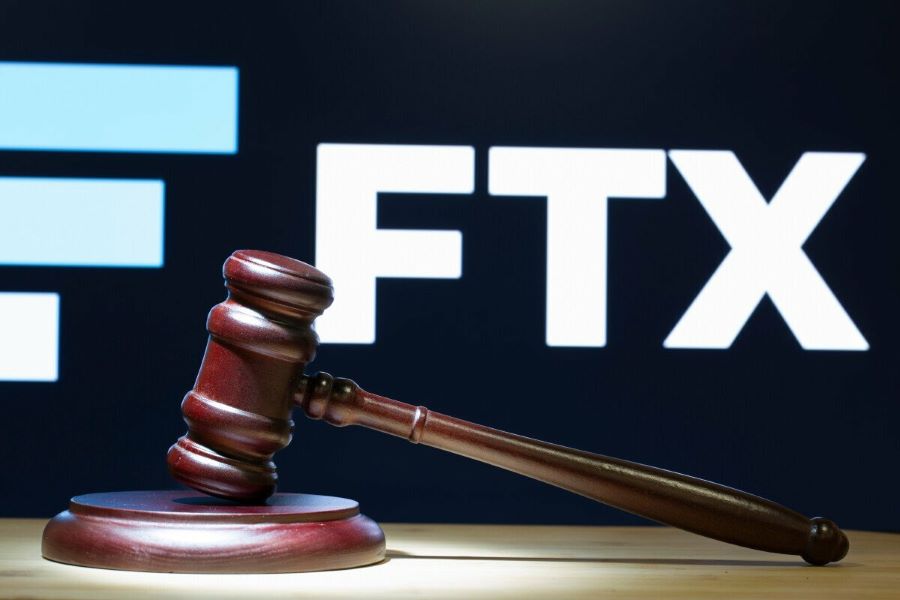Rohit Baniwal, writer
Brief news
Peloton, a fitness company, has refinanced its debt to $1.55 billion, reducing its debt from $1.75 billion to $1.55 billion. The refinance delayed loan payments, allowing Peloton to pay $800 million by November 2025. The company has not made a net profit since December 2020, and sales have fallen for nine consecutive quarters. The refinance has calmed investor concerns about liquidity and given Peloton breathing room to turn around its business. However, the company will spend $133 million in interest annually, up from $89 million, and its free cash flow will be harder to maintain. Peloton claims investors refinanced because they believe in its strategy, but some may be trying to protect themselves if the company fails. Soros Fund Management and Silver Point Capital may invest in distressed companies, which could lead to Peloton’s creditors taking control if the company fails.
Peloton, a fitness company, is facing challenges due to the COVID-19 pandemic and its decision to become a fitness content company or a hardware company. The company must decide whether to become a fitness content company like Netflix or a hardware company that requires innovative strategies to sell its expensive equipment. Bridging both has failed, and Peloton must decide which parts of the model are survivable or not. Retail analyst Simeon Siegel suggests that Peloton focus on “bear hugging” its millions of brand loyalists instead of growing the business. The company has cut 15% of its corporate workforce in May, but it may be reluctant to slow its growth. Peloton is looking for a permanent CEO who will reveal the company’s direction.
Live programming at Peloton has changed, with the company reducing its live streaming classes from its New York studio from seven to six. Jen Cotter, Peloton’s CCO, said the change will save the company money but is more about optimizing production staff than cutting costs. The company has also partnered with Hyatt Hotels to generate new revenue and diversify income. The live content pullback may reduce class sizes for some instructors, but the company is hopeful that this change helps members understand that they will miss them but is okay for people to try other things.
Illustrated news
A massive debt refinancing relieved Peloton of an imminent liquidity crunch, but the company still has a long way to go to profitability.
JP Morgan and Goldman Sachs provided a $100 million line of credit, a $1 billion term loan, and $350 million in convertible senior notes to the connected fitness company in late May. Each is due in 2029.
Peloton’s debt dropped from $1.75 billion to $1.55 billion after the refinance delayed loan payments it couldn’t afford.
Without the refinancing, Peloton would have had to pay $800 million by November 2025. Approximately $200 million was due three months later if it paid that. Term loans were due in May 2027.
Since December 2020, Peloton hasn’t made a net profit and sales have fallen for nine straight quarters. The debt pile threatened its existence and raised investor concerns about bankruptcy.
Since refinanced, Peloton has calmed investor concerns about liquidity and has breathing room to turn around its business.
Restructuring experts told CNBC that winning these loans shows investors trust it to rightsize and repay them.
“This refinancing is now putting us in a much better position for sustainable, profitable growth and just a much stronger financial footing than where we were before, and our investors saw that,” finance chief Liz Coddington told CNBC. “They seem to buy the story. They share our belief in business transformation and our goals. That was a big vote of confidence for Peloton’s future.”
Peloton faces dangers.
Peloton’s refinance bought time, but it’s no cure-all. Per the terms, Peloton will spend $133 million in interest annually, up from $89 million. Peloton’s free cash flow will be harder to maintain.
The higher interest expense will “impact” free cash flow, but Coddington told CNBC that’s why the company started cutting costs in early May. Annual run-rate expenses should drop by over $200 million under the plan.
Even with higher interest payments, Coddington expects the company to maintain positive free cash flow without “materially growing in the near term.”
“The cost reduction plan made us much more comfortable with that,” reported Coddington.
Peloton claims that investors refinanced because they believe in its strategy, but some may be trying to protect themselves if the company fails.
Soros Fund Management and Silver Point Capital may invest in distressed companies, two of Peloton’s largest debt holders. The secured Peloton loans they invested in are near the top of the capital structure. Peloton’s creditors could take control if it can’t turn its business around and files for bankruptcy.
“I would describe this refinancing slash recapitalization as sort of opportunistic,” said CreditSights special situations analyst and distressed debt expert Evan DuFaux. I think that’s smart, opportunistic, and tricky.”
Silver Point wouldn’t say. Soros did not respond to our request.
Additional cost cuts?
Peloton has better cash than it did a few months ago, but it still needs to address demand issues from the COVID-19 pandemic and decide what kind of business it will be.
“It really is an exercise in kicking the can down the road because the refinancing buys time, but it doesn’t fix any of Peloton’s underlying problems,” said GlobalData Retail managing director Neil Saunders. “Those issues are very different to refinancing.”
Following the departure of former CEO Barry McCarthy and the appointment of Karen Boone and Chris Bruzzo, Peloton must decide whether to become a fitness content company like Netflix or a hardware company that requires innovative strategies to sell its expensive equipment.
Bridging both has failed.
Scott Stuart, CEO of the Turnaround Management Association and a corporate restructuring expert, said, “They’re going to have to make some decisions about which parts of the model are survivable, which parts are not, or things that they can do to advance forward without losing the great brand value that they still currently have, especially with the loyal following that they
He added, “Money doesn’t fix everything, and the more you take and refinance, the worse it gets.”
Simeon Siegel, a retail analyst for BMO Capital Markets, suggested Peloton focus on “bear hugging” its millions of brand loyalists instead of growing the business.
About $1.6 billion in recurring, high-margin subscription revenue and over $1.1 billion in gross profit, he said.
A problem is they lose money. Siegel wondered how to lose money with a billion recurring gross profit dollars. “Well, you spend all that gross profit to chase new growth.”
He estimated that cutting R&D, marketing, and other corporate expenses would net Peloton $500 million in EBITDA. Sigel said Peloton’s marketing budget is 25% of annual sales, but even if it drops to 10%, it would still be in the “upper echelon of most brands.”
“Their debt is scary on a company that’s burning cash, but not on a company that makes half a billion dollars of EBITDA,” he said. “They run a lucrative business. Stop spending it.”
In May, Peloton cut 15% of its corporate workforce, but it may be reluctant to slow its growth. After taking over, McCarthy adopted Peloton founder John Foley’s goal of 100 million members. Peloton was far behind its long-term goal with 6.6 million members in March.
Since its cost-cutting plan, McCarthy’s departure, and another disappointing earnings report in early May, Peloton has been quiet. It reportedly is looking for a permanent CEO who will reveal the company’s direction.
Siegel predicts that hiring a “hyper growth tech CEO” like McCarthy, who has worked at Netflix and Spotify, could lead to similar issues for Peloton. But hiring someone else could signal a strategy change.
Magical content
Live programming at Peloton has changed. This Wednesday, the company will reduce its live streaming classes from its New York studio from seven to six. London studio live streaming classes decreased from seven to five last month.
“We’re all going to still be creating, creating social content, dropping new classes,” Jen Cotter, Peloton’s CCO, told CNBC. I think we’ll use the brain space that would have been spent on live classes that day to create new programmes, new ways to distribute wellness content, and new business categories like nutrition and rest and sleep, which we haven’t done as deeply as we’d like.
She said the change will save the company money, but it’s more about optimising production staff than cutting costs.
May saw the company partner with Hyatt Hotels to generate new revenue and diversify income. Around 400 Hyatt properties will have Peloton equipment and offer bespoke Peloton classes on their hotel room TVs as part of the agreement. Staff can now create content for Hyatt partnerships thanks to the schedule change.
Kristin McGee, Kendall Toole, and Ross Rayburn terminated their Peloton contracts, causing the change. Peloton’s devoted fans worried that trainers, one of its most valuable assets, were leaving in droves.
Cotter said the athletes can return if they want.
I can only say they felt like leaving. We offered contracts to all instructors because we respect and appreciate their contributions, and if they want to try something new, that’s fine, said Cotter.
She added, “As much as we’ll miss them, we are like a professional sports team.” We’re hopeful that this change helps our members understand that yes, we’ll miss them, but yes, it’s okay for people to try other things.
McGee, Toole, and Rayburn left when Peloton renewed trainer contracts.
The live content pullback may reduce class sizes for some instructors. Do instructors took pay cuts or did McGee, Toole, and Rayburn leave over pay disputes?
Cotter refused to answer.
Source : CNBC News




